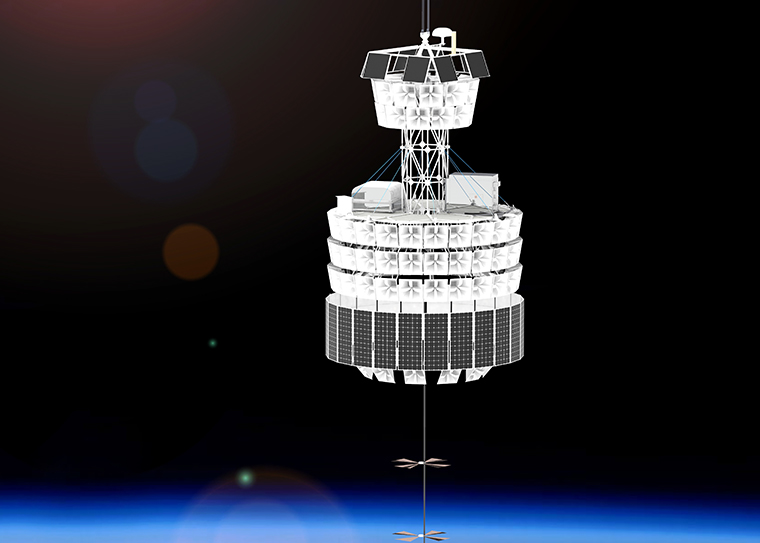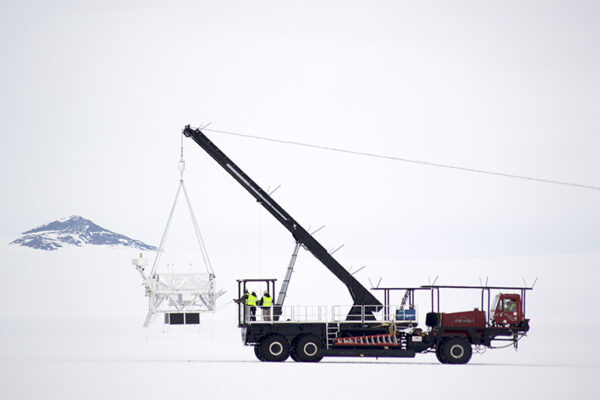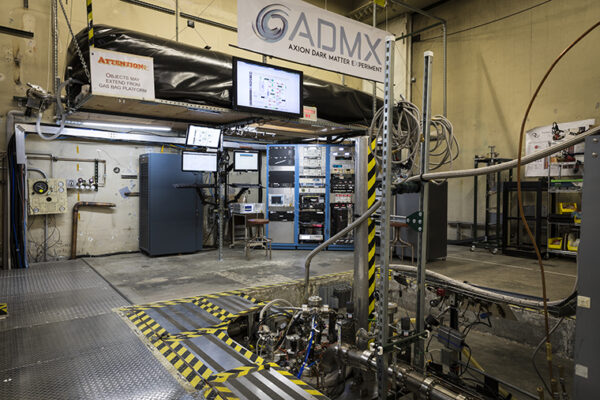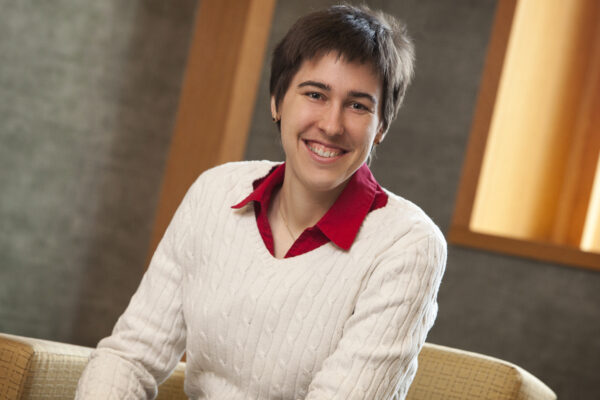Physicists in Arts & Sciences, including Brian Rauch, are part of a team funded by NASA to develop the concept for the most sensitive survey of cosmic ultra-high energy neutrinos ever conducted. A scientific balloon designed to launch from Antarctica will detect the signals, under a new program called Astrophysics Pioneers.
The Payload for Ultrahigh Energy Observations (PUEO) mission leverages experience from and supersedes the successful Antarctic Impulsive Transient Antenna (ANITA) program that physicists at Washington University previously supported through all four Antarctic flights. The principal investigator for PUEO is Abigail Vieregg of the University of Chicago.
“The primary roles for Washington University in PUEO will be the same as for ANITA,” Rauch said. “They include the power system with the beautiful drop-down photovoltaic array. Our physics machine shop will fabricate a significant fraction of the gondola structure, and we will handle the ground telemetry reception software and computers that receive and distribute telemetry data. We will support instrument and payload integration.”
After additional definition, PUEO and the three other concepts will undergo a concept study review before being approved for flight. Read more from NASA and the physics website.




Comments and respectful dialogue are encouraged, but content will be moderated. Please, no personal attacks, obscenity or profanity, selling of commercial products, or endorsements of political candidates or positions. We reserve the right to remove any inappropriate comments. We also cannot address individual medical concerns or provide medical advice in this forum.